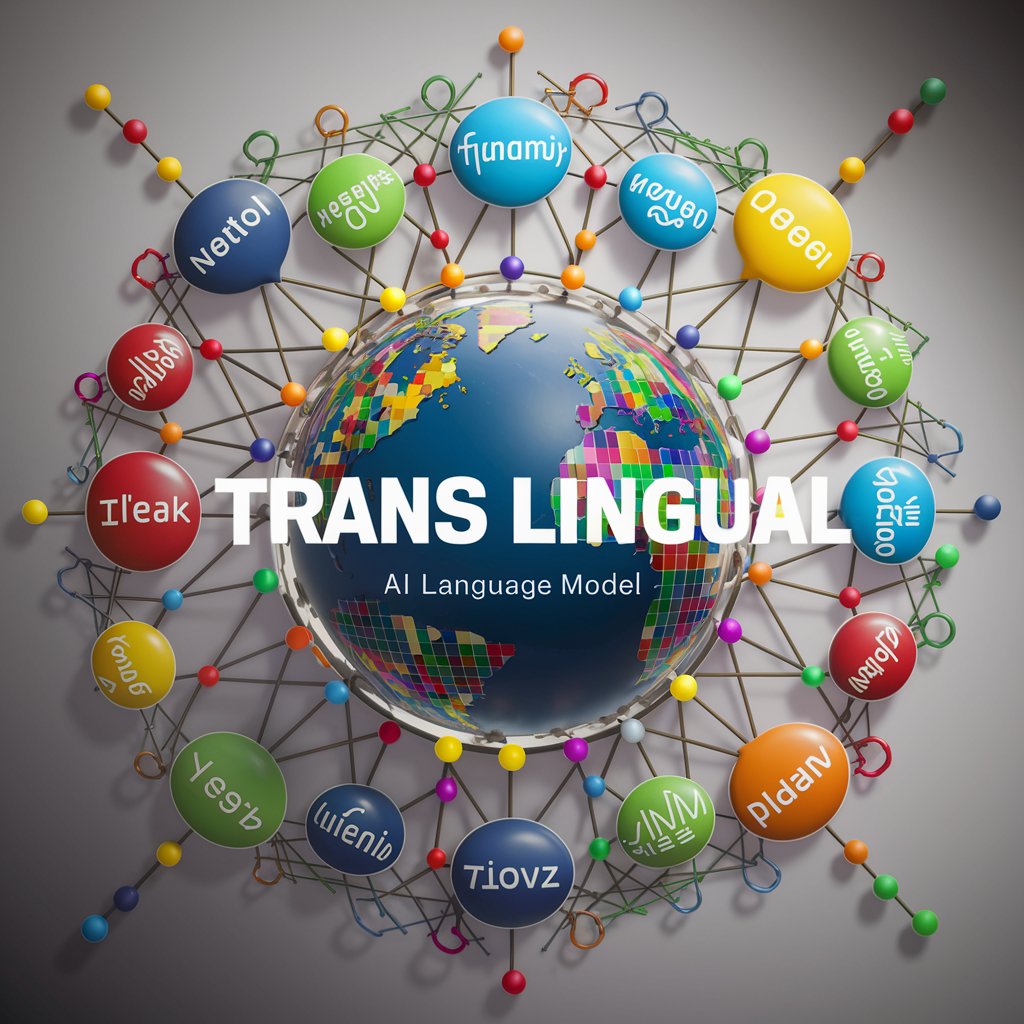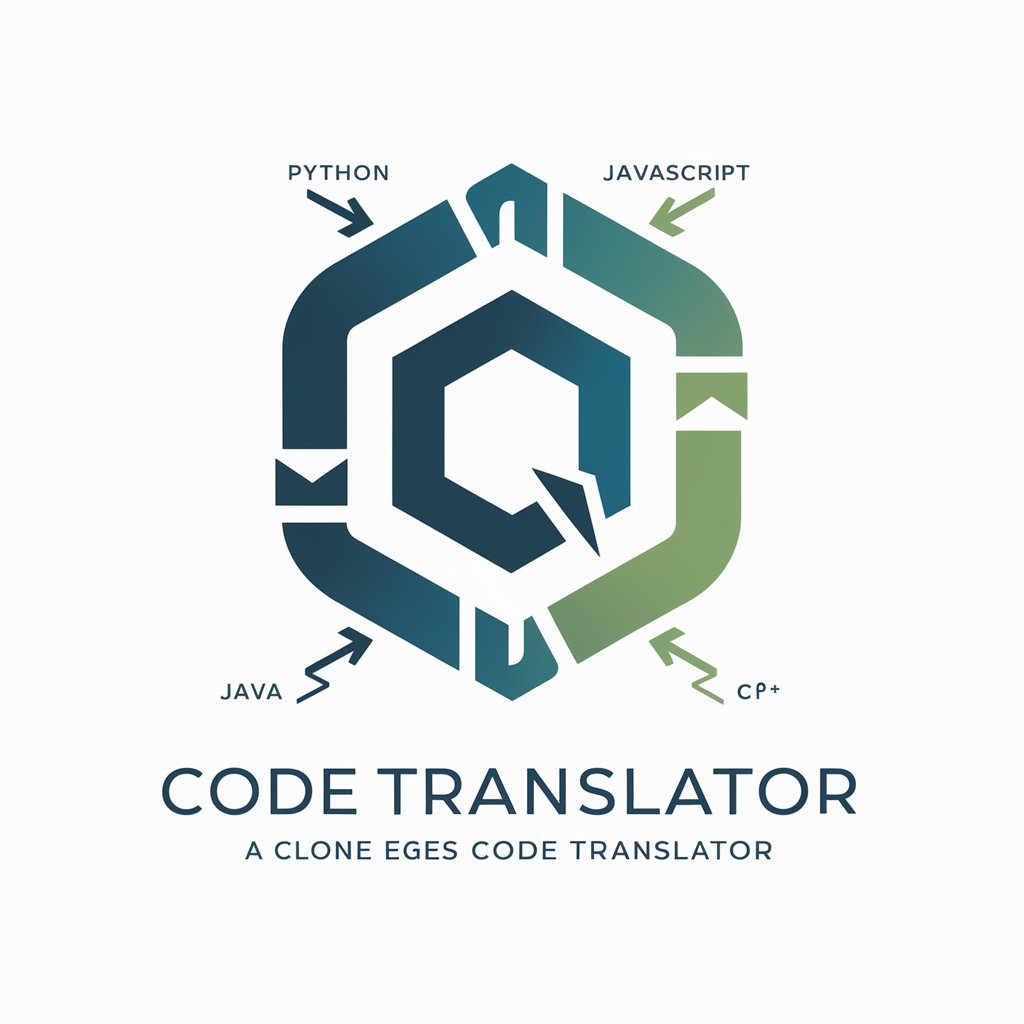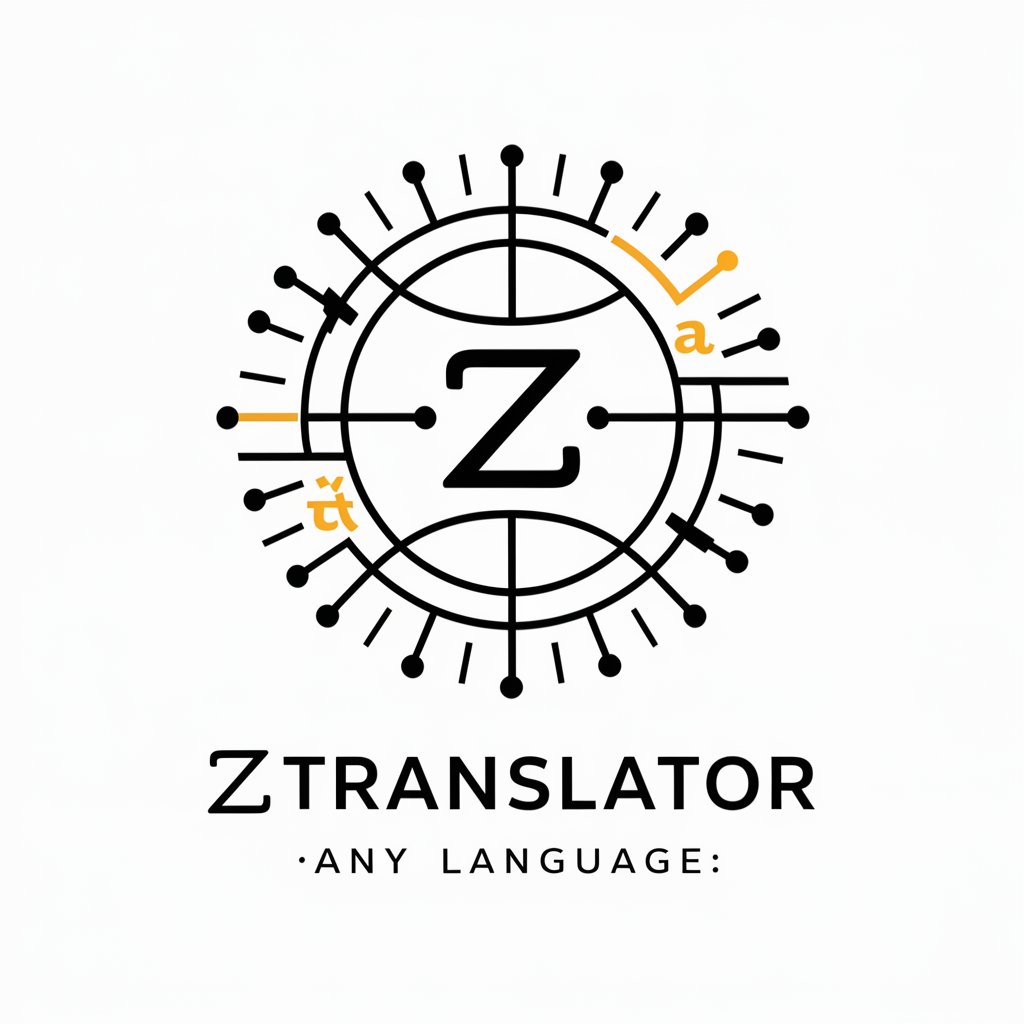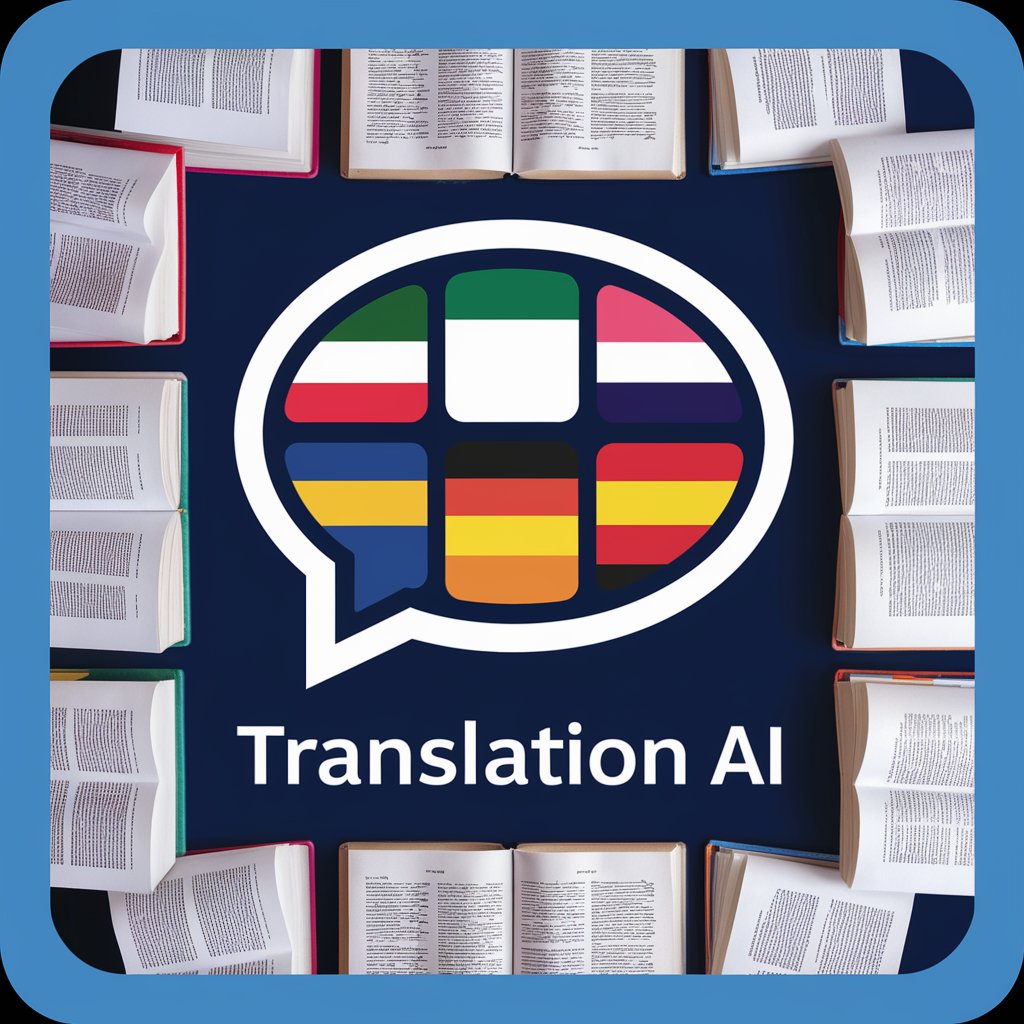
Language to Language - Multilingual Translation Aid

Hello! I'm here to help with translations and language learning.
Unlock language, culture, and communication.
Translate the following sentence into French:
What is the cultural significance of the phrase
How do you say 'good morning' in Japanese?
Explain the difference between 'ser' and 'estar' in Spanish.
Get Embed Code
Introduction to Language to Language
Language to Language is a specialized AI designed to assist with translations and language learning, focusing on providing insights into vocabulary, grammar, cultural nuances, and more. This AI is tailored to support users in understanding and practicing new languages by offering accurate translations, explaining linguistic concepts, and highlighting cultural contexts where language plays a pivotal role. For example, when a user asks how to express gratitude in Japanese, Language to Language doesn't just translate 'thank you' to 'arigatou.' It explains the different levels of politeness in Japanese expressions, offering phrases like 'arigatou gozaimasu' for more formal situations and 'domo arigatou gozaimashita' for expressing deep gratitude, while also touching upon the cultural importance of expressing thanks in Japan. Powered by ChatGPT-4o。

Main Functions of Language to Language
Translations and explanations
Example
Translating complex sentences from English to French, while explaining the grammatical structure and choice of vocabulary based on context.
Scenario
A user is trying to write a formal email in French. Language to Language helps by translating the email and explaining the use of formal language in French, such as the use of 'vous' instead of 'tu' and the subtleties in greeting and closing phrases suitable for formal correspondence.
Cultural insights
Example
Explaining the cultural significance of certain phrases or words in a language.
Scenario
A user curious about Spanish expressions learns from Language to Language that '¡Que aproveche!' is said before meals, similar to 'Bon appétit' in French. The AI explains that this phrase is more than just a wish for a good meal; it reflects the Spanish culture's emphasis on enjoying life and food.
Grammar and vocabulary coaching
Example
Providing detailed explanations on verb conjugations and usage of tenses in Italian.
Scenario
A language learner struggles with the subjunctive mood in Italian. Language to Language offers examples and rules for conjugating verbs in the subjunctive, including when to use it, such as expressing wishes, hopes, or hypothetical situations, significantly improving the learner's understanding and usage of Italian grammar.
Ideal Users of Language to Language
Language learners
Individuals at any stage of their language learning journey, from beginners to advanced speakers, who are seeking to improve their language skills, understand grammatical nuances, expand their vocabulary, and gain cultural insights to enhance language proficiency and cultural understanding.
Travelers and expatriates
People planning to travel or relocate to a country where they are not fluent in the local language. Language to Language can help them learn essential phrases, understand cultural etiquette, and navigate daily interactions more smoothly, making their travel or living experience more enriching.
Educators and linguists
Teachers, professors, and language enthusiasts interested in exploring the intricacies of different languages, preparing educational materials, or conducting linguistic research. They benefit from the AI's detailed explanations of language structures, usage, and cultural contexts.

How to Utilize Language to Language
1
Head over to yeschat.ai to start exploring Language to Language with a complimentary trial, no signup or ChatGPT Plus subscription required.
2
Select your target and source languages from the available options to tailor the tool to your specific language learning or translation needs.
3
Type your query or paste the text you wish to translate or understand better into the input box.
4
Use the 'Submit' button to process your request. For language learning, consider asking about grammar, vocabulary, or cultural nuances.
5
Review the response and use the 'Feedback' option to improve future interactions. Practice regularly and explore various features to enhance your language proficiency.
Try other advanced and practical GPTs
Language Coach
Empower Your Language Journey with AI

Series 7 Tutor
Ace the Series 7 Exam with AI-powered Prep

Uncle Will
Wisdom from the streets, powered by AI

Professional Photo
Crafting Your Vision with AI

Professional Coder
AI-powered coding assistance at your fingertips

Article Write Using SEO
Empower Your Writing with AI-Driven SEO

Language Teacher
Master Any Language with AI
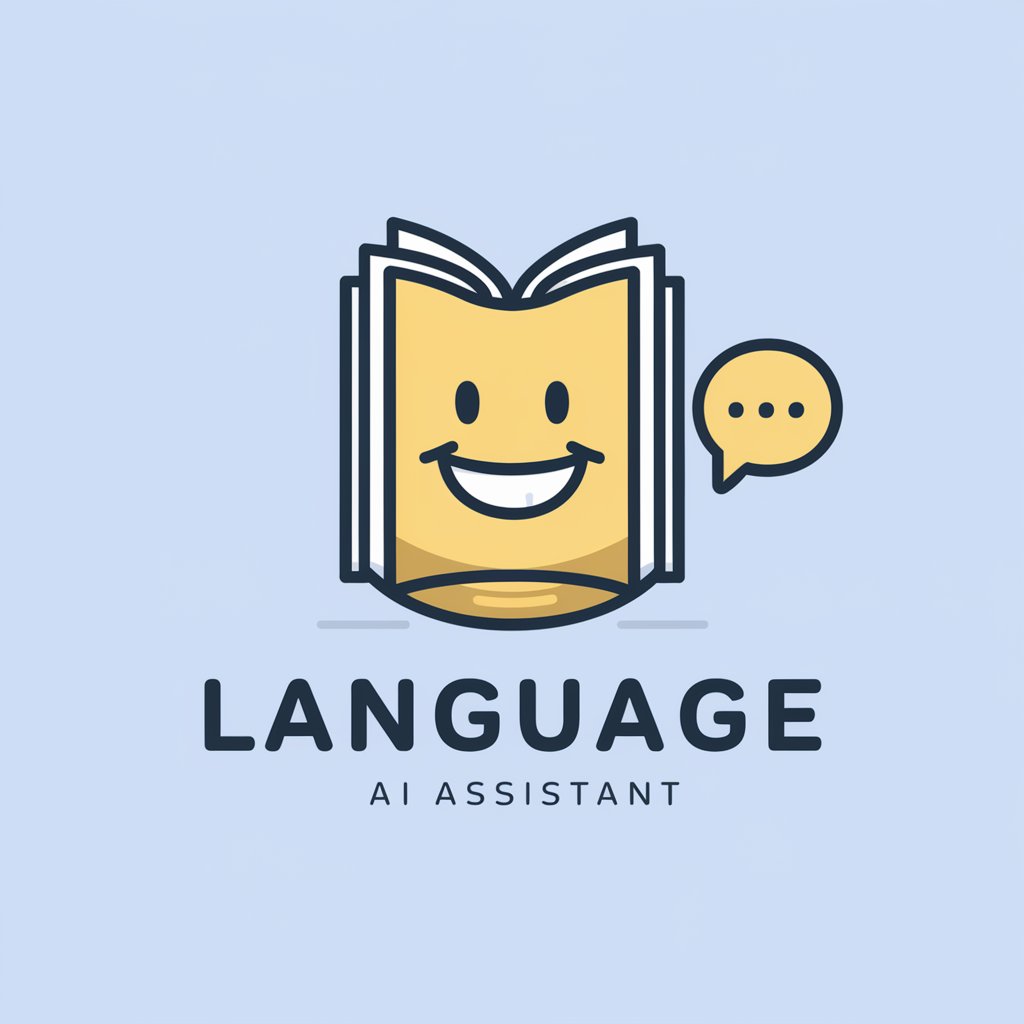
Language Mentor
Master Conversational Fluency, Fast.
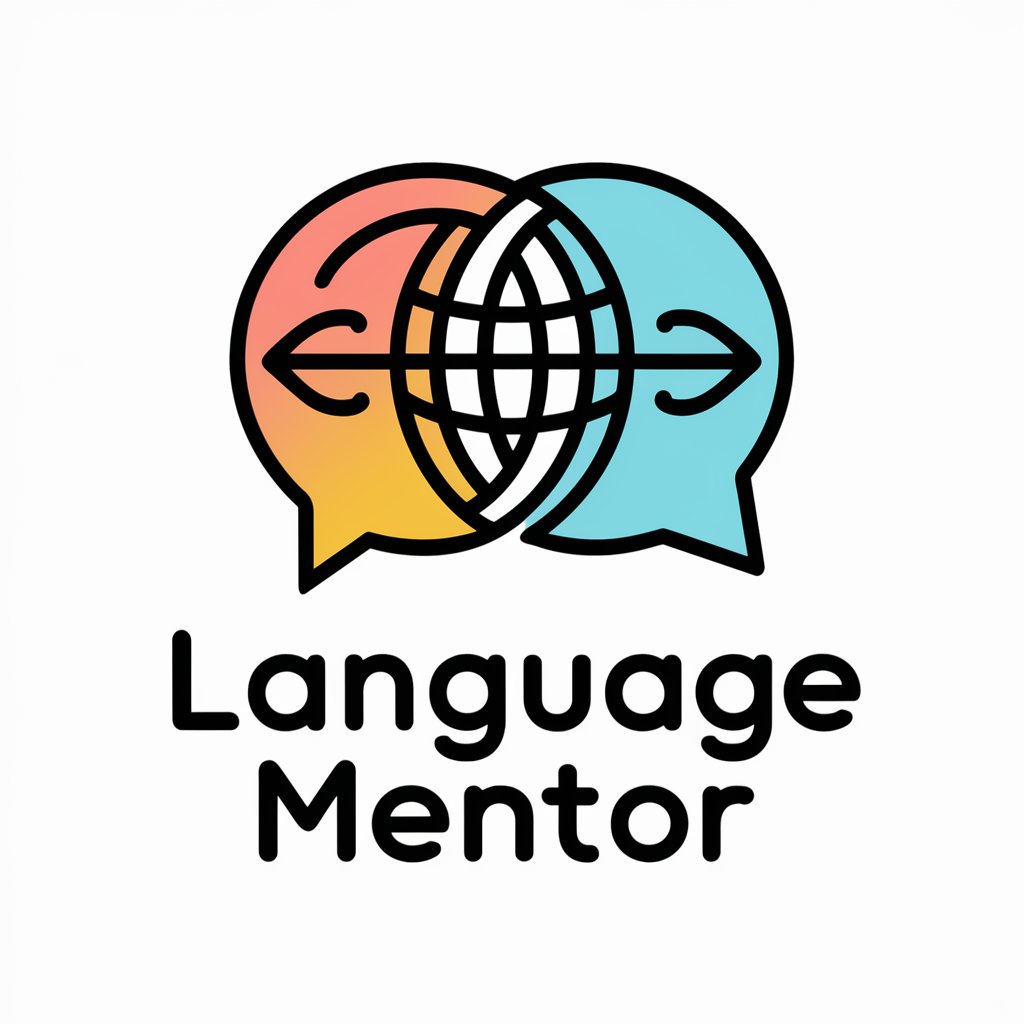
Language Mentor
Empowering language learning with AI.
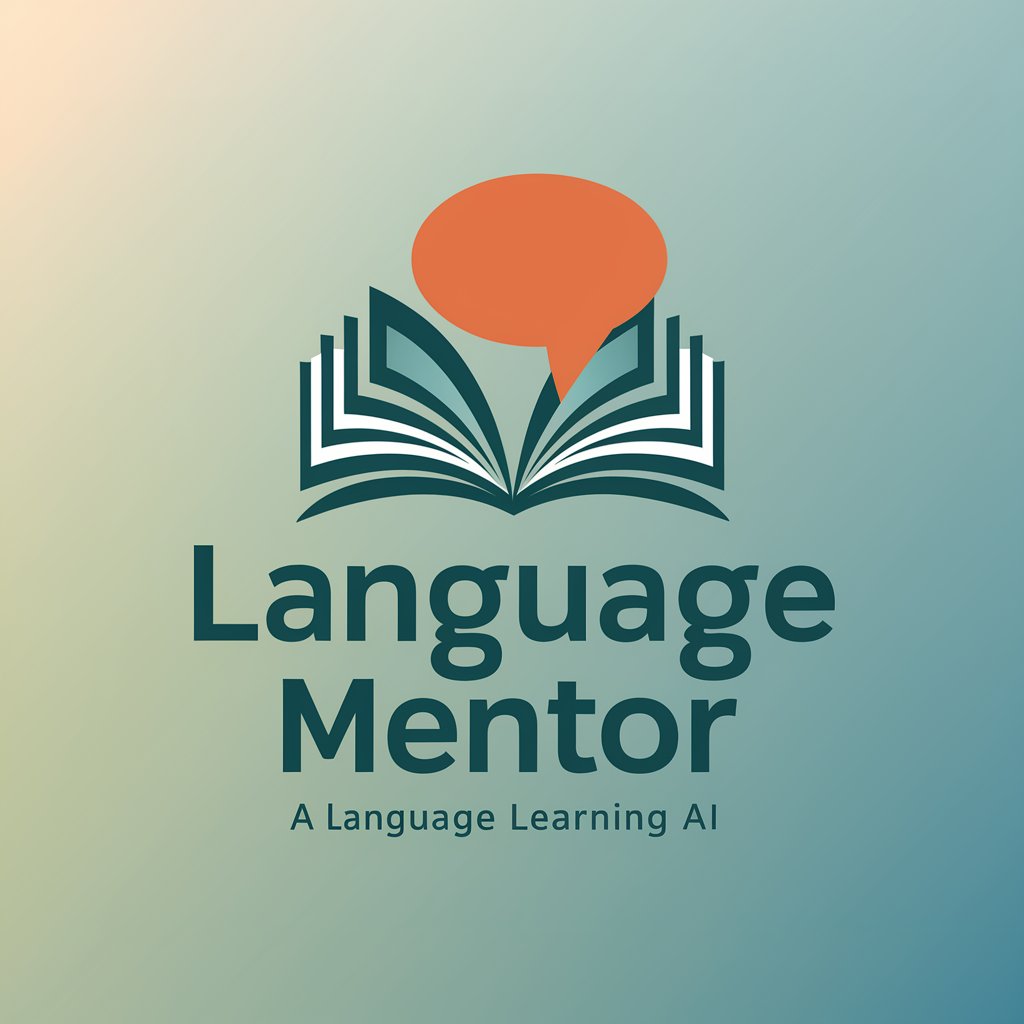
Language Mentor
Empowering your English journey with AI
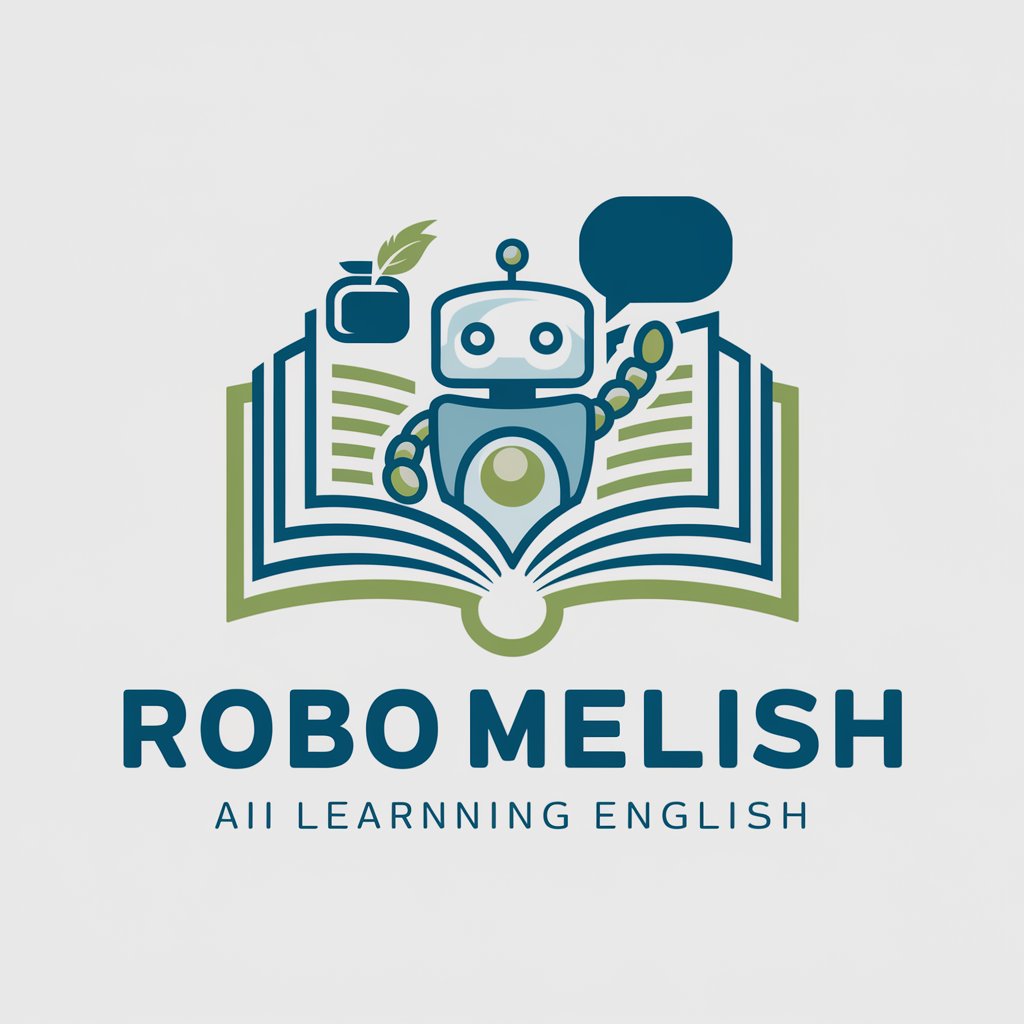
Language Mentor
Empowering your language journey with AI.

Language Coach
Empowering language mastery with AI

Frequently Asked Questions About Language to Language
What languages does Language to Language support?
Language to Language supports multiple languages, focusing on major global languages and continuously expanding to include more, to cater to a wide audience's translation and learning needs.
Can Language to Language help with learning grammar?
Absolutely. It offers detailed explanations on grammar, providing examples and comparative analysis between languages to help solidify your understanding.
Is cultural context included in translations?
Yes, it provides cultural insights where necessary, understanding that language is deeply tied to culture, to ensure translations are not just accurate but also contextually appropriate.
How can beginners use Language to Language effectively?
Beginners are encouraged to start with simple phrases and vocabulary, gradually moving to more complex structures, using feedback to improve and asking for explanations or examples to deepen their understanding.
Does it offer real-time conversation practice?
While Language to Language primarily focuses on translations and educational content, it facilitates language practice by allowing users to simulate conversations, offering corrections and suggestions for improvement.
